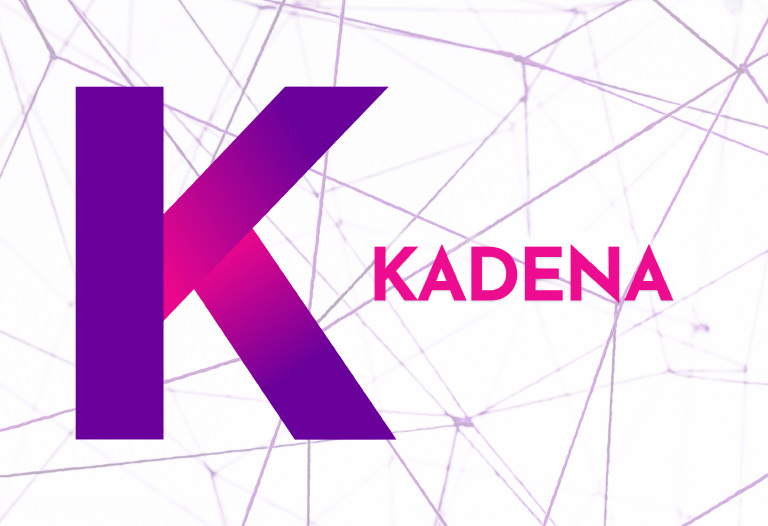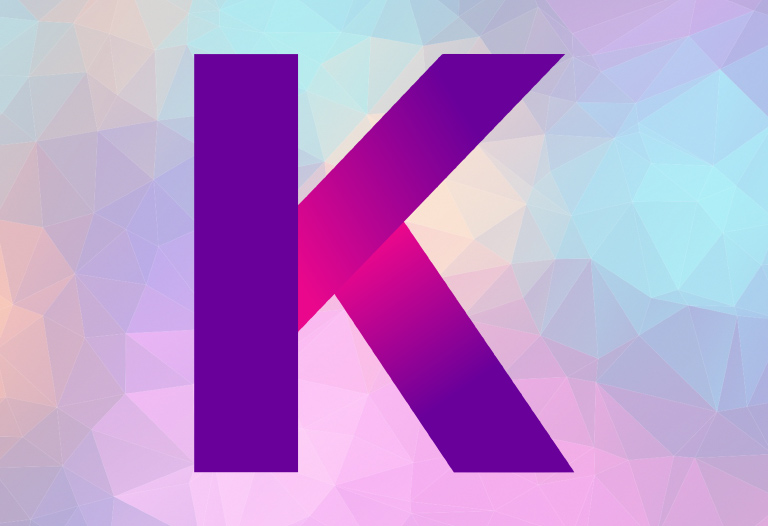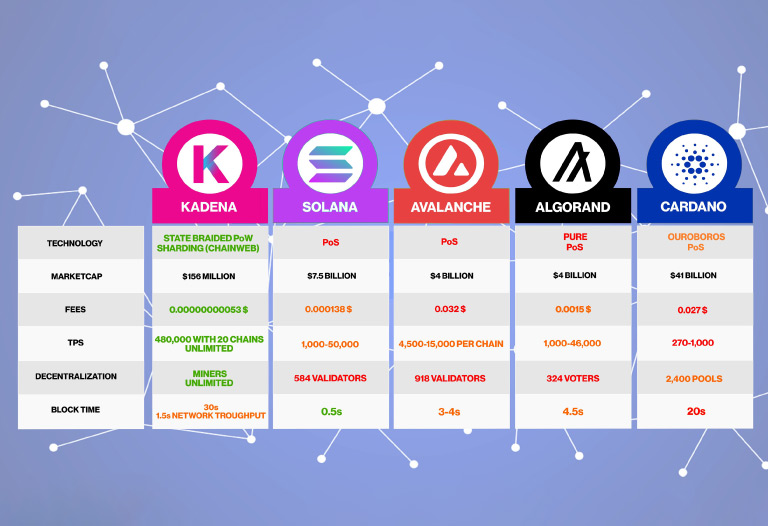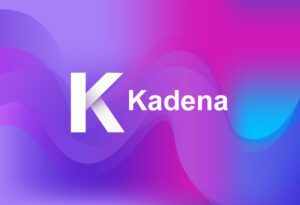
Table of Contents
ToggleKadena is a very interesting project. Its development is based on the idea that blockchain can revolutionize the world based on how it interacts and is transmitted. The main goal of this project is to reach mass adoption, but to do so the technology in the blockchain and the ecosystem that connects it to the business world must be reinvented from the ground up.
The founders built a proprietary blockchain architecture and created certain tools to make the blockchain work for business, at a speed, scale and energy efficiency previously not thought possible. In this article we’ll tell you all about what it is and how this project works.
History of Kadena
This project was founded by former members who were part of JPMorgan’s blockchain development team. Currently, Kadena has raised more than $15 million. Most of this sum of money has been raised in the form of SAFT (Simple Agreement for Future Tokens). To this total we can add the grant of about $150,000 that Kadena received from the Interchain Foundation. This foundation is the development team behind the Cosmos network. The $150,000 was acquired to build a version of Pact that was compatible with the Tendermint protocol.
Two private token sales were conducted at Kadena in early 2018. Those sales were in the form of a Simple Agreement for Futures Tokens (SAFT). The first sale was closed in January 2018 for a total of $2.25 million through the unloading of 4.5 million KDA tokens which at the time were worth $0.5 each token. The second sale was held in April 2018 and raised another $12.9 million through the sale of 17.2 million coins which at the time was worth approximately $0.75 each token.

How does Kadena work?
The main objective of the Kadena project focuses on optimizing scalability. In addition, Kadena features a new smart contract language known as Pact. Pact is equipped with formal verification and updatable smart contracts.
Although we will go into more detail on how it works later, we should know that it employs a new type of Proof-of-Work (PoW) consensus mechanism. Its mechanism is called Chainweb. This mechanism allows multiple individually mined blockchains to work in parallel in order to execute network transactions. Thanks to this new design, high transaction throughput is enabled at the base layer without the need to implement new scalability or functionality solutions at the second layer.
The entire operation of the project is geared towards optimizing its base layer for transaction performance and achieving greater developer adoption without implementing second-layer functionality or scalability solutions.
According to its team of developers, Kadena, based on its internal testing does not have any transaction limits per second. This is due to Kadena’s native smart contract language, Pact. This language makes it possible to ameliorate common flaws observed in Ethereum’s Solidity, most notably the language’s susceptibility to infinite loops and lack of formal verification.
Another feature of Pact is that its smart contracts can be updated at a moment’s notice without the need for a hard fork. According to its developers, this language was created to be readable by humans and verified by computers.

Kadena Consensus
The architecture of this project is called Chainweb and, as mentioned above, it is based on the combination of multiple blockchains acting in parallel and mined at the same time on a single network.
Each of the Proof of Work chains is in charge of mining the same coin and contains references to the previous blocks of its “counterpart” chains, so they have the capacity and power to validate each other’s transactions and share liquidity. In this operation, each individual chain has the same capabilities as the main chain.
The Chainweb was designed with the sole objective of streamlining transactions in a linear fashion while adding new parallel chains to the main network. On the miner side, miners are directed to each chain individually reducing the typical “bottleneck” that we usually find in currencies such as Bitcoin.
Regarding the security of the system, the chains have a hash of Merkle roots that can be found in the sister chains. The chains are responsible for inspecting the roots to check that the branches do not stray from each other. This ensures that the chains get a single view of the transaction history of all the chains.
In addition to all of the above, Kadena has a new unique feature that defines additional security. This feature is based on the fact that security is defined by the Merkle Cone of a given block. These cones define which past transactions are provable and which are not. The Merkle Cone defines the total amount of work required to replace a past block or duplicate a past transaction.
What is the KDA token?
KDA is the native token of the Kadena platform. Such token is used for payments that enable computing power on the blockchain. By this we mean payment for smart contracts and transactions. To understand it better, its function is equivalent to that performed by Ethereum gas.
This is not the only function that such token has, as it is also used to reward miners on the network for the work done to mine blocks. Said token was launched with a reward per mined block of approximately 2.3 KDA per block. However, this amount decreases by approximately 0.3% every 87,600 blocks mined. The reward will reach approximately 0 when block 125,538,057 is mined.





